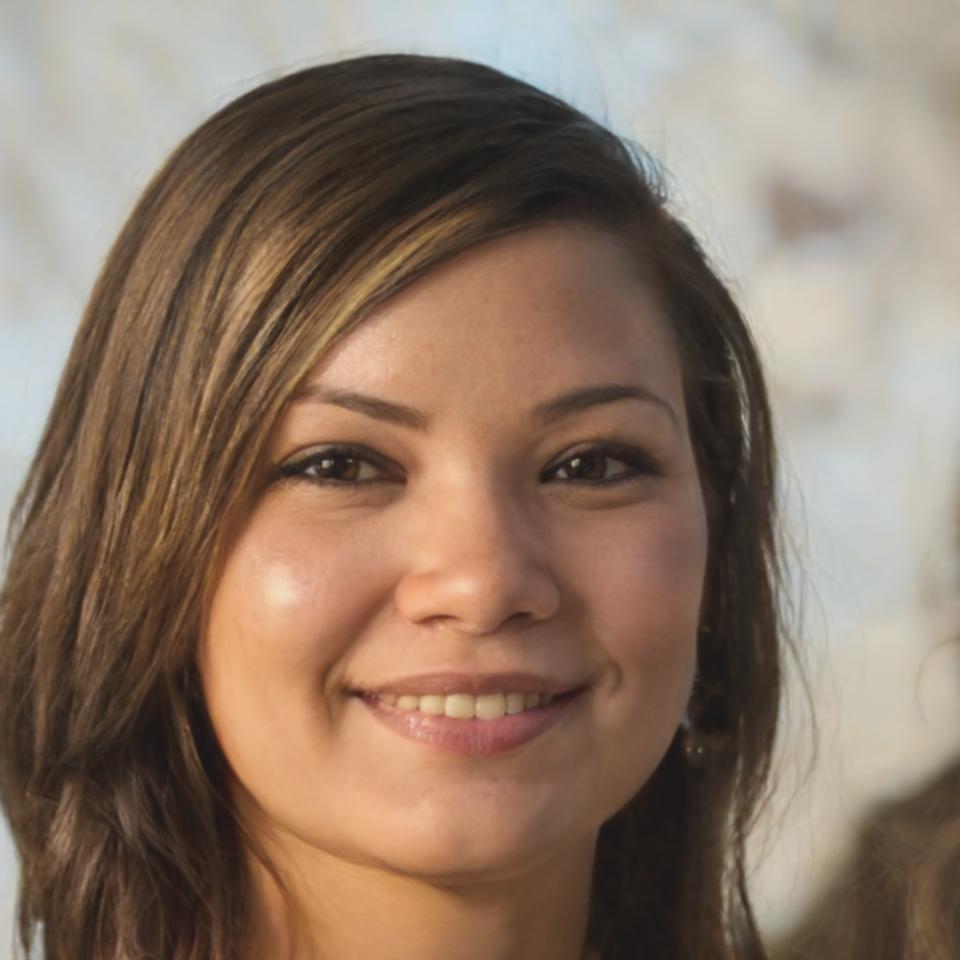Finance Skills That Actually Matter in Real Boardrooms
We've spent fifteen years watching corporate finance evolve. The gap between what analysts learn and what executives need keeps growing. Our programs bridge that gap with hands-on experience from actual M&A deals and restructuring projects.
Explore Programs Starting September 2025
How We Got Here
Started With A Problem
Three of us were hiring analysts for investment banking roles. Brilliant candidates on paper, but they couldn't read between the lines of a cash flow statement or spot warning signs in debt covenants. We realized business schools were teaching theory while markets demanded practical judgment.
First Pilot Program
We started small. Twelve analysts from mid-tier firms joined our weekend workshops. We used real deal documents, actual pitch books, and case studies from transactions we'd worked on. The feedback was immediate - participants could spot issues their senior colleagues missed.
Corporate Partnerships
Major Australian banks started sending their teams to our programs. We developed specialized tracks for different roles - equity research, credit analysis, corporate development. Each program reflected actual workflow and decision-making processes from their specific industries.
Market Recognition
Our graduates began leading deals worth hundreds of millions. Three became CFOs at ASX-listed companies. The Australian Financial Review profiled our approach to practical finance education. We knew we were onto something sustainable.
Expanding Reach
This year we're launching advanced programs in ESG finance and digital transformation analysis. The fundamentals haven't changed, but the context keeps evolving. Our September cohort will work with real sustainability bonds and cryptocurrency treasury management cases.
What Changes When Skills Match Reality
We track our participants for three years after program completion. The patterns are consistent across industries and experience levels.
Standard Financial Analysis
Analysts typically spent hours building perfect models that missed crucial market context. Beautiful spreadsheets with assumptions that couldn't survive first contact with actual negotiation dynamics or regulatory changes.
Market-Aware Analysis
Same analysts now build focused models that incorporate real market constraints and behavioral factors. They spot potential issues early and present scenarios that help executives make informed decisions under uncertainty.
Career Trajectory Differences
Participants advance faster because they contribute to strategic decisions rather than just completing assigned tasks. They become trusted advisors who can translate complex financial concepts into actionable business insights.
Why Our Approach Works When Others Don't
Most finance education treats analysis as a purely technical skill. But successful analysts know that numbers tell stories, and those stories only make sense within specific business contexts and market conditions.



Perspectives From Program Participants
These reflections come from analysts who completed our programs between 2022 and 2024. Their experiences shaped how we design new cohorts.

